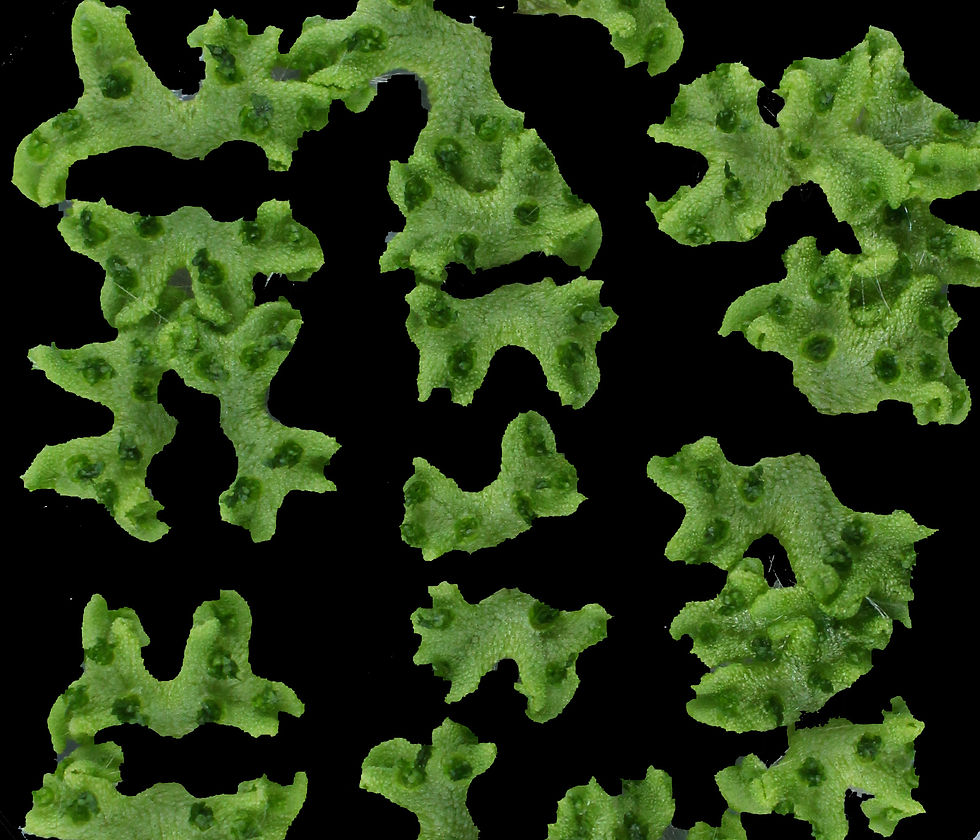
Cell signaling by Inositol Phosphates
All organisms need to adapt to an ever-changing environment for their survival. Land plants, being non-motile organisms, face unique challenges to both abiotic and biotic threats since they lack the “escape strategies” of mobile organisms. Plants have evolved many interconnecting signalling networks to cope with these threats and integrate both external and internal cues that allow effective responses. One of these sophisticated intracellular signaling pathways stems from phosphorylated derivatives of myo-inositol (referred to simply as “inositol”). Membrane-resident phosphoinositide and soluble inositol phosphate (InsP) are the best-characterized inositol-derived signaling molecules. We are particularly interested in the functional characterization of inositol phosphates in plants.

The fully-phosphorylated form of inositol, InsP6 also known as phytic acid, is the major phosphate storage molecule in seeds and channels phosphorous, inositol and minerals during germination and growth. InsP6 also acts as a signaling molecule both directly by controlling a wide range of cellular processes or indirectly, as a precursor of the more phosphorylated molecules InsP7 and InsP8, commonly known as inositol pyrophosphates (PP-InsPs). PP-InsPs are distinct from other InsP molecules by the presence of one or more high energetic diphospho-/pyro- moieties. They orchestrate a plethora of cellular functions including DNA repair, insulin secretion, apoptosis and phosphate homeostasis. In recent years, research into PP-InsP functions has become one of the most dynamic and evolving areas of signal transduction.
We identified PP-InsPs in different plant species and unveiled some of their physiological functions including plant immune responses, growth and development and phosphate homeostasis (Laha et al., ACS Chem Biol 2019; Laha et al., bioRxiv 2019, Laha et al. Plant Cell 2015; Laha et al., Plant Phys 2016; Blüher* Laha* et al., Nature Comm 2017, Riemer et al., bioRxiv 2019). While these set of studies have been instrumental in understanding some of the physiological functions regulated by PP-InsP in plants, the molecular mechanisms through which PP-InsPs control these cellular processes remains largely unknown. The major focus of our laboratory is to understand how PP-InsPs are synthesized and maintained in plant cell and how they orchestrate physiological functions. We will carry out interdisciplinary work that combines biochemistry, biophysics, cell biology, genetic analyses and computational work to delineate the precise mechanism of how an inositol pyrophosphate executes its biological function in a model plant.





